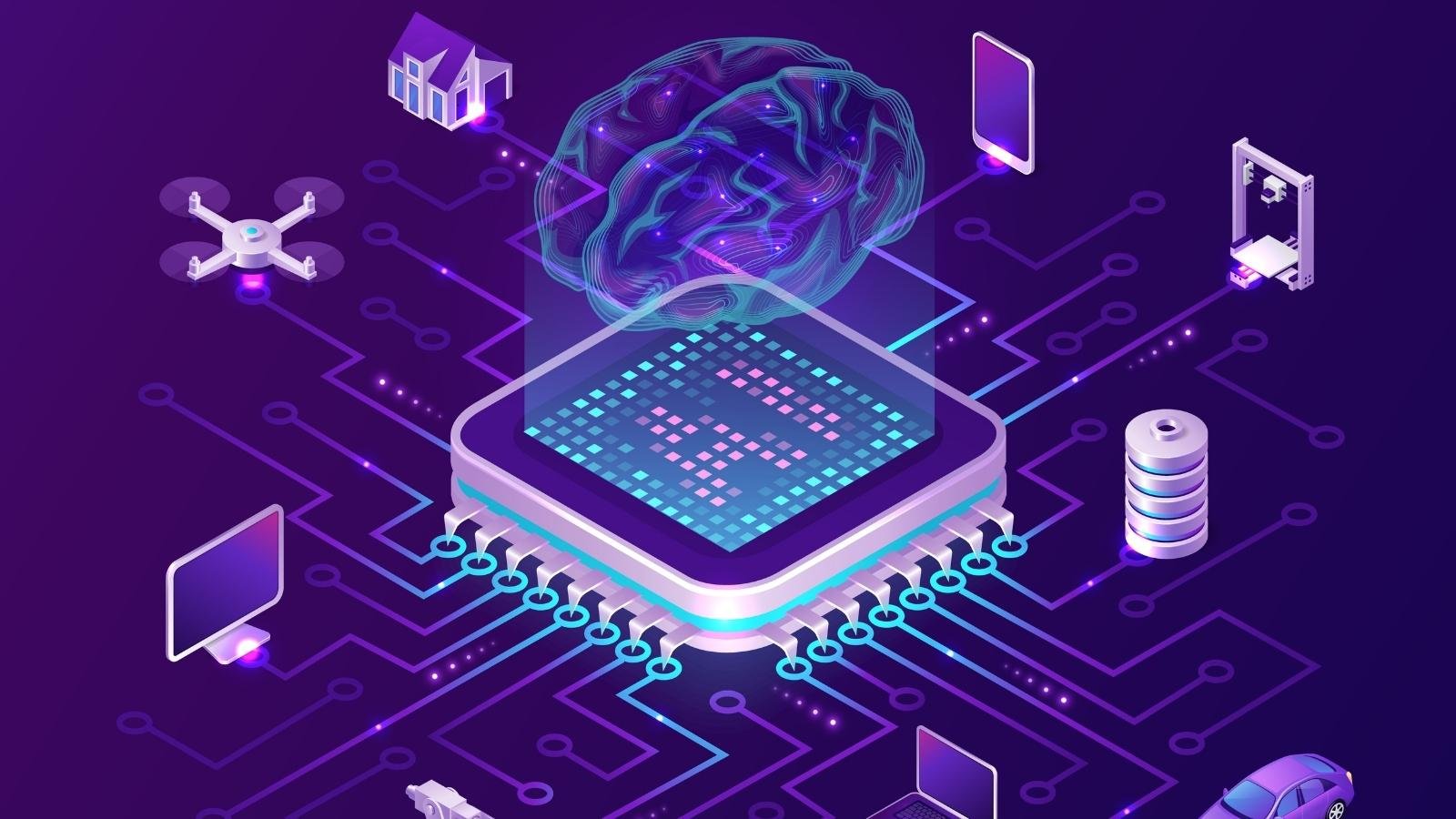Table of Contents
Highlights
- The AI Act sets a global benchmark with a risk-based framework, banning the use of harmful AI and regulating high-risk applications.
- U.S. Innovation Bill prioritizes market freedom, delaying strict regulation to boost technological growth.
- Divergent EU–US approaches shape global AI norms, influencing laws and strategies worldwide.
In the age of artificial intelligence, the world finds itself at a crossroads. On one side stands Europe, which is guided by its commitment to precaution, ethics, and regulation. On the other hand, the United States firmly believes in innovation, free enterprise, and technological momentum.

These diverging philosophies are now clearly embodied in the two regions’ drastically different approaches to AI governance: the European Union’s AI Act and the U.S. Innovation Bill and regulatory path. While both powers seek to shape the future of AI, their tools, values, and priorities could not be more different. At stake are not only the rules that will guide machines, but the principles that will shape human lives, societies, and economies in the digital century.
Europe’s Guardrails: The rise of the AI Act
In 2024, after years of negotiation and policy debate, the European Union passed the world’s first comprehensive legislation regulating artificial intelligence: the EU AI Act. This landmark law was not born in a vacuum. Still, it was built on the bloc’s long-standing focus on fundamental rights, privacy, and consumer protection, following the precedent set by the General Data Protection Regulation (GDPR).
The AI Act is designed around a risk-based framework. It categorises AI systems into four tiers: minimal risk, limited risk, high risk, and unacceptable risk. While low-risk applications like AI-powered spam filters remain largely unregulated, high-risk systems, like those used in hiring, education, or public services, are subjected to strict oversight. Systems considered to pose an unacceptable threat to fundamental rights, such as social scoring and biometric surveillance in schools or workplaces, are banned altogether.

General-purpose AI models like ChatGPT also fall under the purview. Developers of these models also must disclose how these systems were trained, what data was used, and the technical specifications underpinning them. Transparency, traceability, and human oversight are mandatory rather than optional.
Enforcement and Critical Viewpoint
To enforce the law, the EU established the European Artificial Intelligence Board, ensuring that implementation is consistent across all member states. Companies found in violation may face steep penalties, up to 7% of global turnover. For global firms, compliance is not a matter of convenience, it’s requirement to operate within the 27-nation bloc.
Critics argue that the AI Act could slow innovation, create red tape for startups, and discourage AI experimentation. But for supporters, it provides necessary safeguards in a rapidly changing technological landscape. They believe AI should be safe by design, ethical by default, and never weaponised against the people it was meant to serve. More than just a law, the AI Act is a statement of European values: that rights and protections must keep pace with innovation, that the digital future must be as humane as it is intelligent.

The American Way: Innovation First, Regulation Late
Across the Atlantic, the United States has taken a dramatically different approach, one grounded in innovation, decentralization, and market flexibility. For years, the U.S. federal government has resisted calls for a single, unified AI law. Instead its regulatory landscape is patchwork, driven by agency guidelines, executive orders, and voluntary frameworks. In 2022, the White House unveiled an AI Bill of Rights, outlining broad principles like fairness, privacy, and transparency. But it was not legally binding.
In October 2023, President Joe Biden issued an executive order aimed at promoting safe and trustworthy AI, directing federal agencies to set standards and risk management practices. However, without legislative backing, its reach was limited.
In 2025, however, under the Trump administration, the U.S. doubled down on deregulation. Executive Order 14179, signed in January, revoked several Biden-era AI initiatives and introduced a new ten-year strategy focused on maximizing innovation and economic growth. At the heart of this strategy was the now-infamous “One Big Beautiful Bill”, passed by the House of Representatives in May 2025. The bill proposed a sweeping federal preemption of all state-level AI laws, effectively freezing local efforts to regulate AI until at least 2035.

The logic behind its move, according to its proponents, is simple: avoid a regulatory maze that could stifle American innovation. Let businesses build, experiment, and scale. Let markets, not bureaucrats, guide the way.
Supporters and Critics viewpoint
Supporters of this approach point to the dynamism of the U.S. tech sector. Silicon Valley did not become a global powerhouse by waiting for government permission. In their view, overregulation, like that in the EU, creates fear, slows progress, and pushes innovation offshore. They argue that by embracing agility and public-private partenerships, the U.S. can lead the world in AI without falling into the trap of excessive red tape.
But critics warn that this freedom comes at a price. Without strong guardrails, they argue, AI systems can exacerbate bias, violate privacy, and reinforce inequality. Consumer protections are inconsistent, enforcement is weak and transparency only comes after the harm has been done. The move to block state-laws has also triggered backlash from civil rights groups, labor unions and even tech companies.
Global Outlook
The divergence between the EU and U.S. models will also have global implications as AI itself does not respect borders. Tech giants building general-purpose models must also navigate both systems. Companies are already adjusting their AI strategies based on where their users are. As with GDPR before it, the EU’s regulatory gravity will also pull other countries to adopt similar standards.
Meanwhile the U.S. seeks to shape global norms through innovation leadership American officials have lobbied Asian nations to reject the EU’s “fear-driven” approach and embrace a lighter regulation.
Conclusion
Despite the divergence, there are signs of convergence. U.S. and EU regulators have begun discussing shared terminology, risk classifications, and ethical principles through forums like the Trade and Technology Council. Some U.S. companies are even voluntarily adopting EU-style compliance to win trust globally.
Perhaps, over time, the two approaches will begin to align not because either side concedes, but because both realize that building a better AI future requires both creativity and caution, innovation and oversight.
In the end, this is not a battle between right and wrong. It’s a conversation between two traditions, both trying to grapple with something unprecedented. And in that conversation lies the possibility of common ground, a global digital society that is as bold as it is just, as innovative as it is humane.